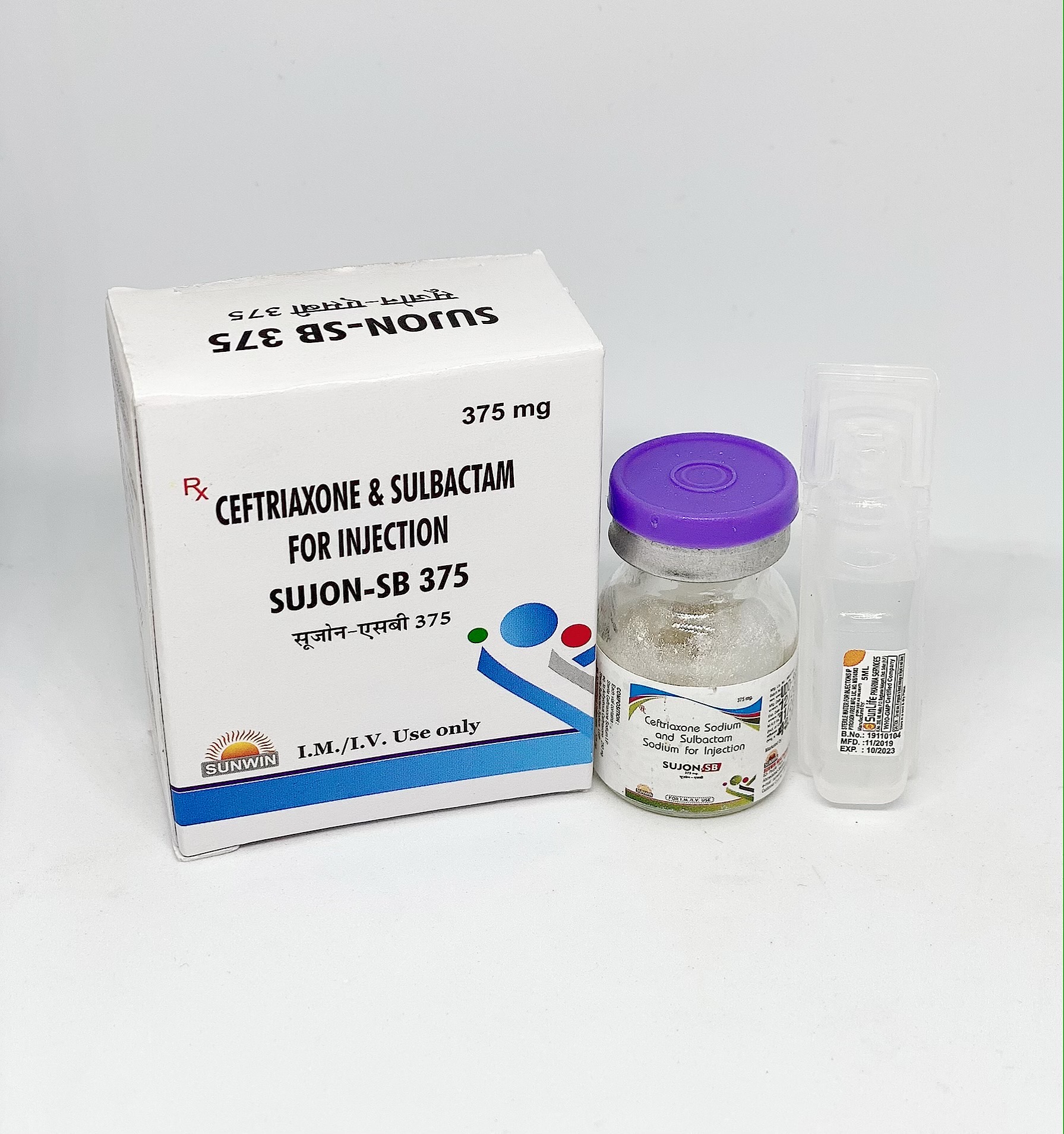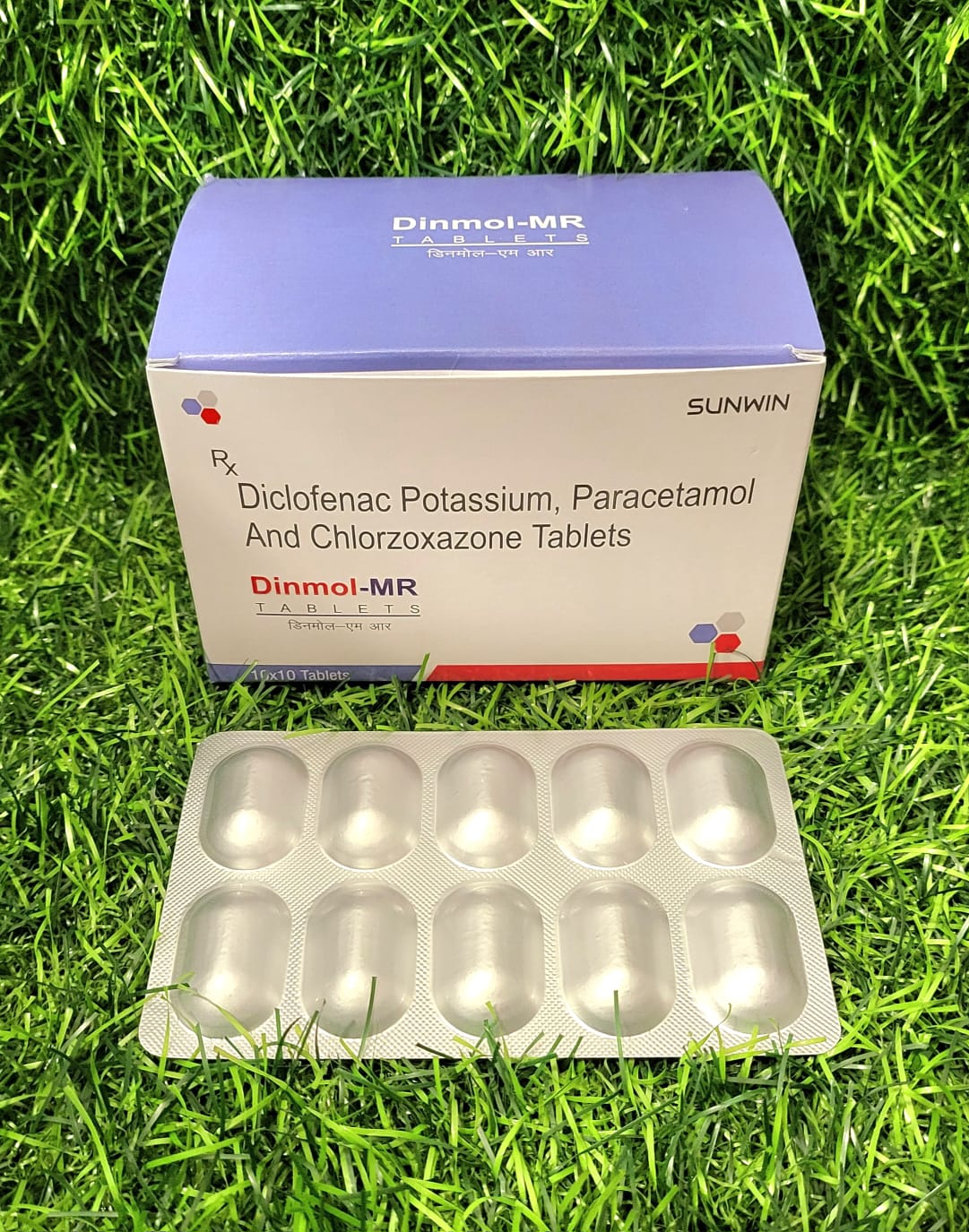Composition:-
Ceftriaxone 250mg + Sulbactam 125mg.
Uses:-
Ceftriaxone 250mg + Sulbactam 125mg is a combination antibiotic medication used to treat a variety of bacterial infections. Ceftriaxone, a cephalosporin antibiotic, works by stopping the growth of bacteria, while sulbactam, a beta-lactamase inhibitor, enhances the activity of ceftriaxone by preventing bacterial resistance. This combination is effective against a wide range of bacteria and is commonly used to treat infections such as pneumonia, urinary tract infections, skin and soft tissue infections, and certain sexually transmitted diseases. It is particularly useful in cases where the causative bacteria are resistant to other antibiotics or when the specific bacteria causing the infection are unknown.
Side Effects:-
Ceftriaxone 250mg + Sulbactam 125mg may cause some side effects in some individuals. Common side effects include diarrhea, nausea, vomiting, abdominal pain, headache, and rash. These side effects are usually mild and temporary. However, more severe side effects may occur rarely, such as allergic reactions (itching, swelling, difficulty breathing), liver problems, kidney problems, and inflammation of the bowel (colitis). It is essential to inform a healthcare provider promptly if any side effects occur while taking this medication.
Indication:-
Ceftriaxone 250mg + Sulbactam 125mg is indicated for the treatment of bacterial infections caused by susceptible organisms. It is particularly useful in infections where the causative bacteria are resistant to other antibiotics or in cases where the bacteria are unknown. This combination is often used to treat infections such as pneumonia, urinary tract infections, skin and soft tissue infections, and certain sexually transmitted diseases. It may also be used for surgical prophylaxis to prevent infections before certain surgical procedures. Ceftriaxone 250mg + Sulbactam 125mg is usually administered intravenously by a healthcare professional. It is essential to take this medication exactly as prescribed and to complete the full course of treatment to ensure the infection is completely eradicated and to prevent the development of antibiotic resistance.


